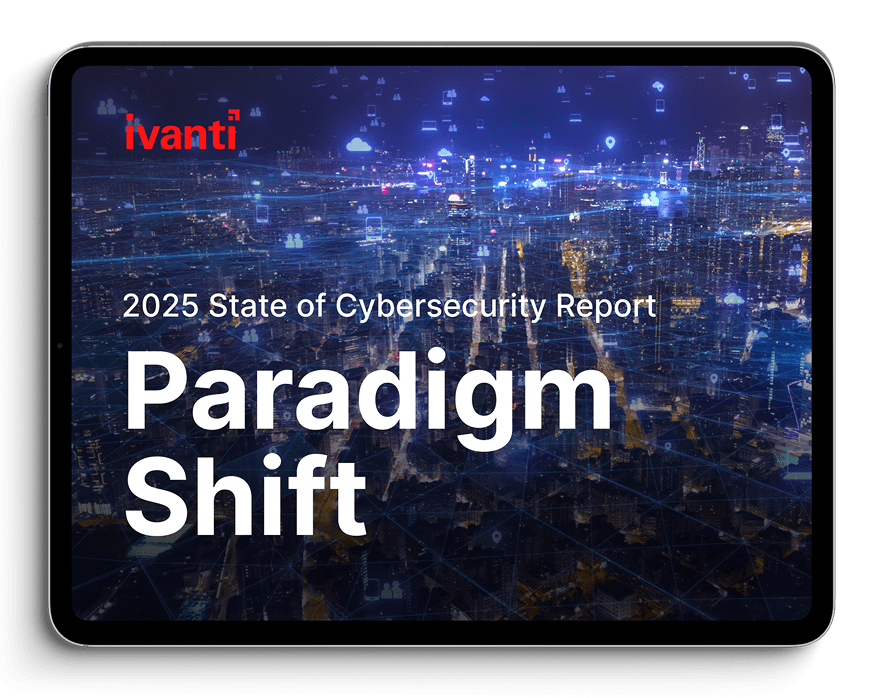As organizations' digital footprints continue to grow — encompassing a complex web of on-premises infrastructure and cloud-based services — their attack surfaces are expanding at an unprecedented rate. But the problem is not just the size and scale of the attack surface.
Organizations simply cannot realistically mitigate all risks in our current environment. The threat landscape is continually evolving, complex tech systems are inherently vulnerable, and organizations must work within resource constraints.
The situation demands a more sophisticated and adaptive approach to cybersecurity, one that views security as a complex balancing act — trading off business risk and reward — rather than a protect-at-all-costs strategy.
Exposure management promises a more intelligent approach to managing risk.
Ivanti’s research shows that the concept of exposure management is well understood; for example, 49% of security professionals say their company leaders possess a high level of understanding of exposure management. Yet few organizations are taking steps to embrace the practice; just 22% say they are increasing investments in exposure management in 2025.
Exposure management offers organizations a more nuanced – and effective – approach to managing risk. It does this by taking into account the full spectrum of business risk rather than a narrower view of cyber risk.
Yet to embrace exposure management, an organization must undertake a challenging process: Aggregate its data so that it is truly inclusive of all aspects of the organization’s attack surface, conduct data-backed risk assessments that include the organization’s risk appetite, and direct its limited resources to mitigating the vulnerabilities that pose the greatest risk to the organization.
And to operationalize exposure management, organizations must finally break down silos — not simply those within the security realm, but across the organization. Doing this will empower security teams to identify, assess and categorize potential threats for the entire organization based on severity, likelihood and impact.
Most organizations continue to operate business-as-usual when it comes to breaking down data and organizational silos. For example:
- 88% of security professionals report significant data blind spots — areas with insufficient data to make informed security decisions — such as shadow IT, patch compliance, vendor risk-management information and dependency mapping.
- 44% say they struggle to manage security risks due to a challenging security/IT relationship.
- 40% say IT and security teams use diverging tools for the same activities
The extreme degree of complexity in today’s threat landscape requires new ideas and approaches — and security leaders must lead this charge.
It’s time for cybersecurity teams to take on a more strategic role: securing critical assets, safeguarding customer trust, maintaining global compliance, sustaining business continuity … in other words, driving an organization’s resilience and competitive edge. This will require a new level of collaboration and communication between security leaders and business leaders — a true mindset change, and even cultural change for many organizations.




